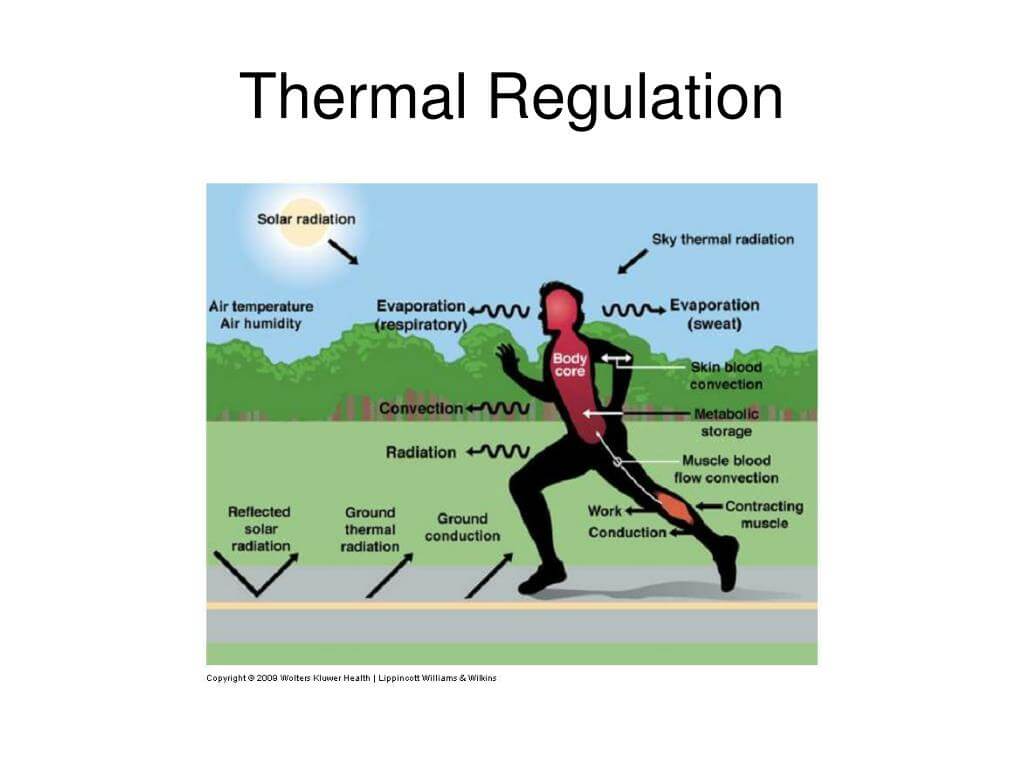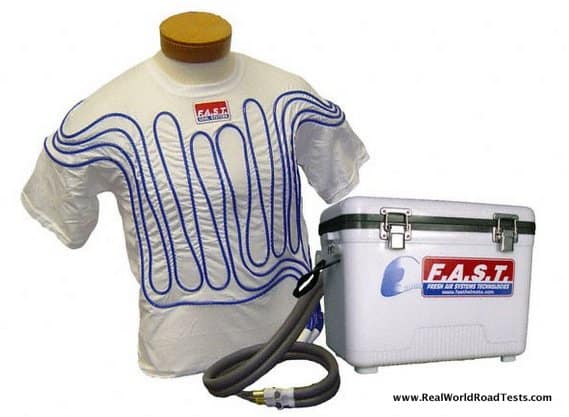Motor racing is a highly complex sport involving a mix of physical and cardiovascular strength with multi-tasking involving both primary and secondary tasks; coupled together these put drivers under immense physical and emotional stress. Furthermore, motor racing drivers have to contend with regular domestic and international travel, the media, fans and the team. They endure a challenging work environment with less than optimal ergonomics in the cockpit, vibration stress, noise and air pollution, in car temperatures which can range from 32-580C, races lasting up to 24 hours, elevated heart rates across races/stints at 65-80% of their maximum heart rate and gravitational forces of 3-5 times a drivers body weight under acceleration, braking and cornering. In addition to decision making which can in some cases be the difference between life, serious injury or death.
With the Melbourne Formula 1 about to kick off at the Albert Park Street circuit just a stone’s throw from our practice in the CBD of Melbourne, Victoria, we thought it was an opportune time to discuss the physical and mental demands of the elite athletes who are race car drivers. To do this we dive into the literature and draw on our own experience working in elite motorsport.
Physical Demands of Racing
Thermal Stress
To understand the thermal stress elite racing drivers undergo it is important to understand how the body regulates itself in hot environments, which is called “thermoregulation”. The body will generate heat because of energy production during exercise. Additionally, it can absorb heat through radiation (ie. the sun) and conduction (ie. contact with the ground or in racing, contact with the car – seat, steering wheel, pedals). These all contribute to elevating our core body temperature. In response to try and lower our core temperature our body can dispel heat through exhalation and vasodilation (convection), and sweating (evaporation).

Unlike traditional sports where athletes can wear light, breathable, sweat wicking apparel to help regulate their core temperature during training or when competing in hot climates; racing pilots are mandated to wear insulated Nomex fireproof underwear, socks, balaclavas, race suit, boots, gloves, and a helmet which is akin to wearing a winter ski suit in an environment where temperatures can reach up to 580C. This severely impedes the body’s natural ability to dispel heat from the body resulting in core body temperatures in race car drivers recorded as high as 38.4-38.70C. This makes heat illness and dehydration are a real risk in elite race car drivers, not dissimilar to those of marathon and endurance athletes.

To those familiar with motorsport, race car drivers in sports cars are often permitted to run cool suits, which is essentially a vest which circulates cooled water through channels around the vest. This can aid in reducing the core body temperature however, they are prone to failing and when they do it has the opposite effect where the water is heated up by the body and cockpit temperatures elevating the core body temperature. In car hydration is another way drivers can keep cool but from our experience working in Supercars and GT endurance racing, these systems aren’t without their problems. Electrolyte powders/tablets and drinks can block the fluid line and fail, the fluid reservoirs can often be small ~1L and insufficient on longer stints on hotter days, and the fluid is often warm or hot which can discourage drinking. Together with cool suits they create unique and challenging conditions that race car drivers need to negotiate that are seldomly present in other sports.
Physical Strength
Elite race car drivers undergo extreme physical strains from g-force loadings across the entire body especially the neck, to high brake pedal forces (600-1200N) through the low back and legs, to strong forearm and grip strength through the steering wheel, in addition to the high stress load placed on the cardiovascular system. Race drivers need to be physically fit to withstand these stress loads, with elite drivers indicating that the key physical attributes to successfully performing in the car at high level are minimal body fat percentage, high cardiovascular fitness and strong neck and shoulders. It is theorized these key physical attributes result in less weight in the car, a higher capacity to stave of fatigue and remained focused in the car and the strength to withstand the g-force loading on the body.

It is not surprising then when we look at the physical and strength characteristics of elite racing drivers that Formula 1 drivers (the pinnacle of motor sport) are consistently at the top of across body fat percentage (lowest), lean muscle mass (highest), peak V02Max (aerobic fitness) (highest) and neck strength (highest) when compared to other racing categories including IndyCar, NASCAR and international Sports Car Racing. Formula 1 drivers have a body fat percentage of ~8% and a peak VO2Max of ~62, putting them into the same category as elite cyclists, marathon runners and endurance athletes. This is why elite drivers often use endurance sports like triathlons and Ironman events to condition their bodies. Of interest, it has been suggested that the drop off in driving performance seen as drivers age is a consequence of the normal physiological ageing effects ie. unable to sustain that high VO2max leading to faster fatigue and loss of focus and hence slower laps times.
Further supporting the belief of drivers that having a strong upper body and neck is paramount to performing at a high level, is a NASCAR study which reported upper limb strength as the most important physical demand of drivers; with a positive correlation between a drivers position in the series standings and the amount of time spent on resistance training. Subsequently, neck strains and injuries are common in sports car racing and this is anecdotally confirmed by the type of injuries we have seen as a sports chiropractor working with elite race car drivers; and although there is currently no data available, the question needs to be asked if neck strengthening mitigates the risks of neck injuries, either way a strong upper body and neck are key arrtibutes of elite drivers. If you are interested in learning more about the common types of neck injuries that occur, including in motor racing you can read more here.
Mental Stress of Racing

The mental stress elite race drivers endure during a race weekend is seldom discussed; supported by an apparent absence of literature in this space. Driving a race car is a complex multi-tasked, mentally demanding activity. Drivers primarily need to focus on driving at, or close to the limits of the car while negotiating competitors around them. Secondly, they need to operate complex controls on the car which can involve altering power modes, brake biases, pit lane speed limits, drink bottles etc while also focusing on driving to a specific lap time or fuel number and listening to radio communications from race engineers. Together this process requires absorbing and processing large quantities of visual and auditory stimuli putting a high level of mental strain on drivers. Furthermore, when high concentration and complexity is required for the primary task of driving the car, such as at a tight street circuit, this results in higher cognitive loads reducing a drivers capacity to focus on secondary tasks. This interplay between focusing heavily on the primary task while dimishing the capacity to focus on the secondary task is often seen in situations where a driver scolds his engineer for talking to them while they are focused on driving; Formula 1 driver Yuki Tsudona is a great example of this.
On top of the mental demands of driving the race car, drivers are also under internal and external mental stress. Internal mental stress arises from internal stressors, pressure the driver puts on him/herself which could be fuelled by perfectionism, a perception their place in the team is not secure, a loss of in confident in the car etc. It also comes in the form of external stressors, pressures placed on the driver; expectations of the team, fans, media, a car that is not performing as well as rival teams, travel etc. Furthermore, there is the mental focus and concentration required of a race car driver, who can be behind the wheel for up to 3 to 4 hours driving the car at or close to the limit. In a sport where you are remembered by your last race result, the pressure and stress to perform every time a driver steps into the car is immense.
This degree of pressure and stress is apparent from our own experience working as a sports chiropractor in a medical officier role with elite drivers, where we have seen a small but consistent trend amongst drivers who repeatedly report feelings of anxiety and nervousness. In addition to this, insufficient sleep (less than 7 hours per night) which can impair athletic performance is present in motorsport. This is consistent with other elite sports, with 49% of Olympic athletes classified as “poor sleepers” on the night prior to their competition, and elite athletes exhibiting similar rates of generalized anxiety disorder as the general population. What is more concerning though is the lack of attention these and other mental health symptoms including depressive symptoms are given in elite sport including race car drivers; especially considering the constant scrutiny they are under from fans and the media. Although they may appear super human, elite athletes are still human beings and we need to be doing more to protect and build up our athletes not tearing them down for a bad performance.
Racing Drivers Stand Amongst Other Elite Athletes
As has been highlighted, elite race car drivers share many similarities with endurance athletes such as, the challenging hot environments, the physiology and, the extended periods under high physical stress loads. However, unique to motor racing are the mental challenges drivers face, particularly the focus required to undertake both the primary task of driving a car at its limits in close proximity to other cars, while undertaking the secondary tasks required to keep the car optimized and aligned to the team’s strategy. Driving a race car at the elite level is a complex process requiring elite levels of physical and mental strength coupled with challenges unique to the sport, putting drivers right amongst other elite athletes.
To read more on how chronic stress leads to burn out and how this differs from depression head over to our blog. Although we do work with elite race car drivers you don’t need to be one for us to help you out whether that be to help improve your performance or recover from an injury. You can book an appointment at our Melbourne city chiropractic and remedial massage clinic below. The Shannon Clinic – Melbourne Chiropractic and Sports Care clinic is located right on the corner of Swanston and Collins Stree, in the CBD of Melbourne.



